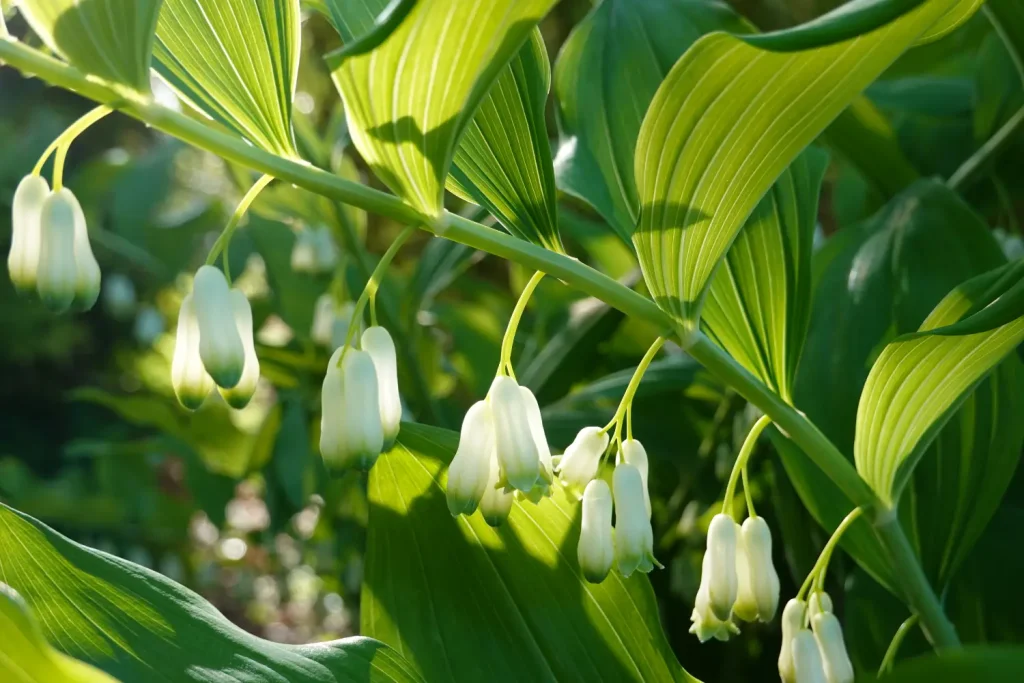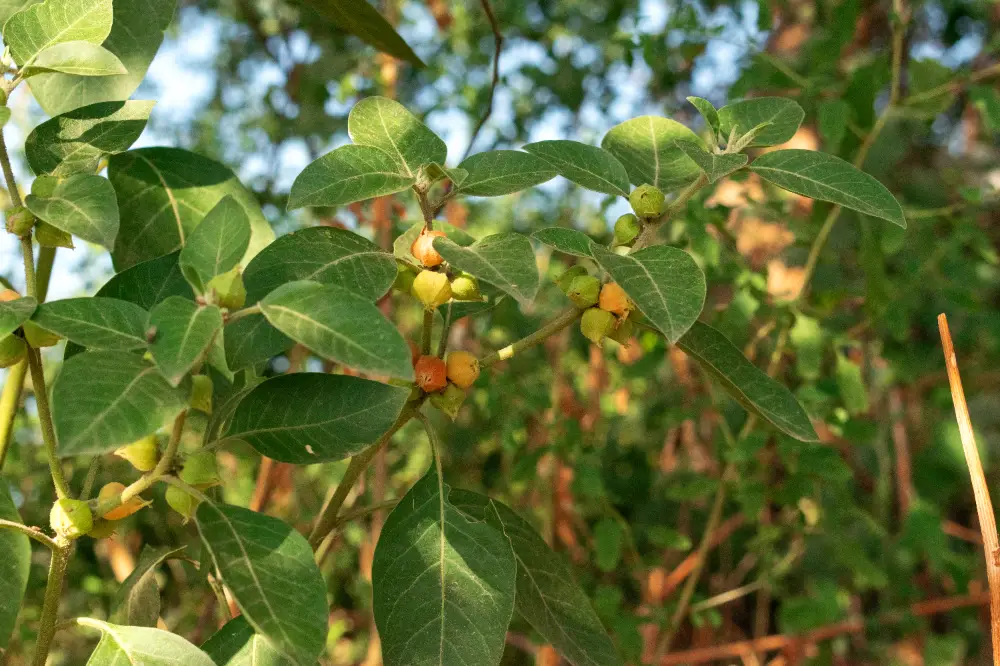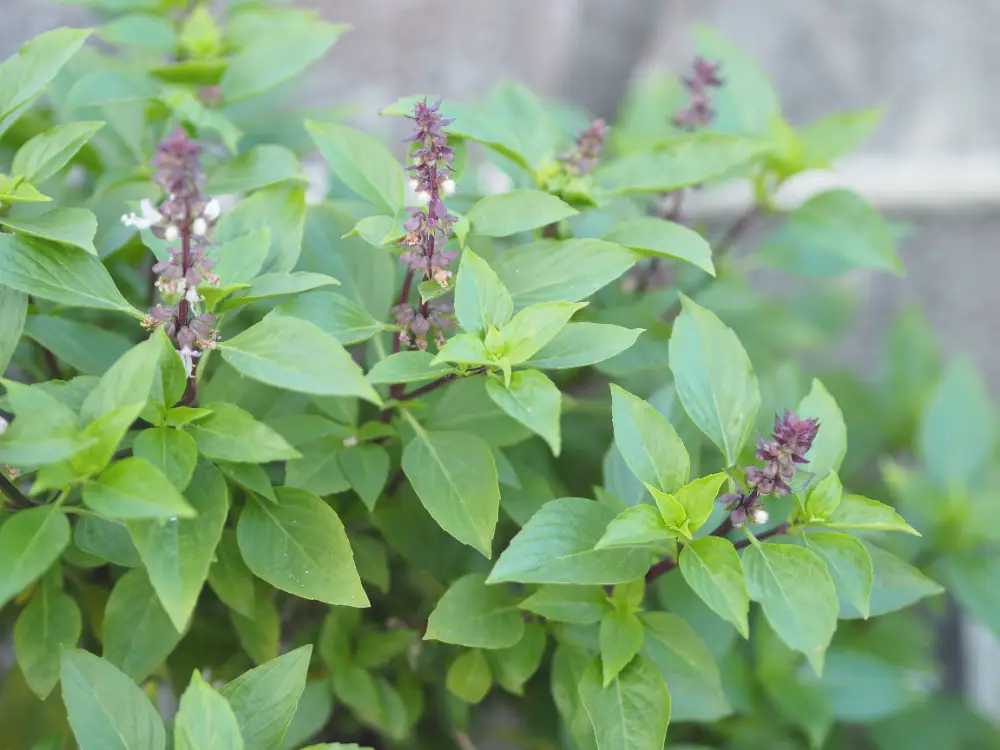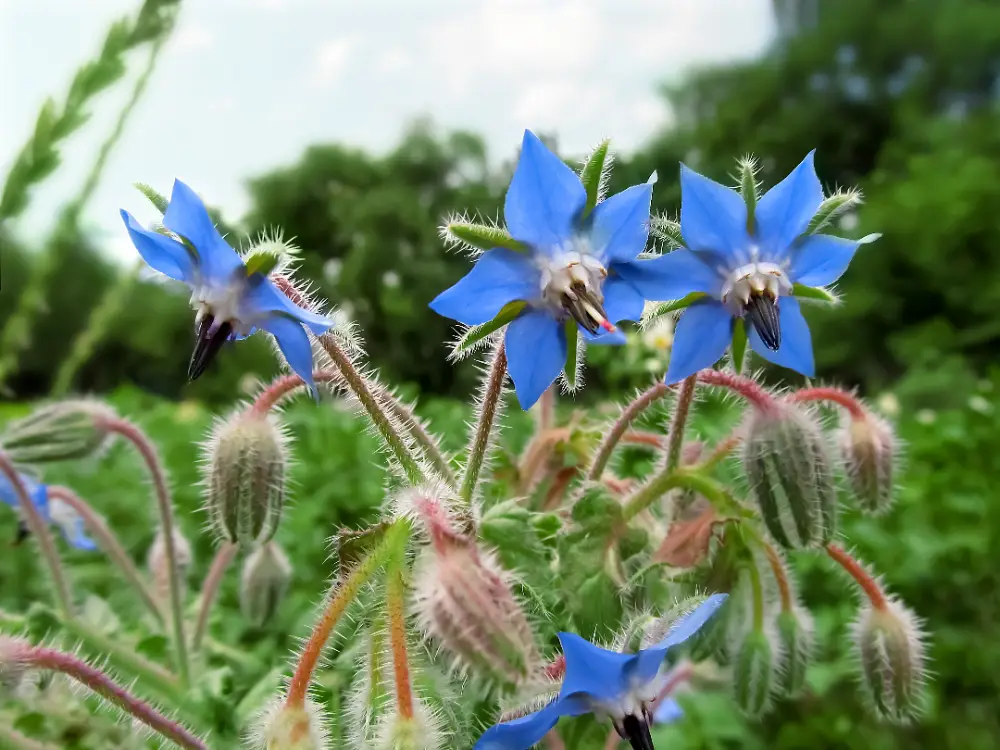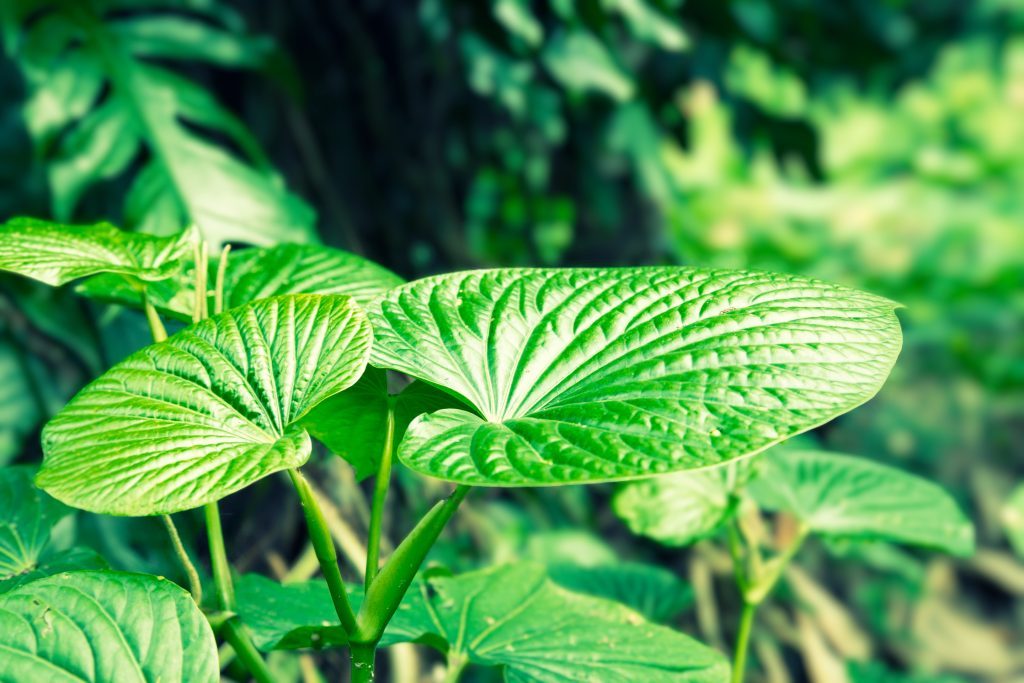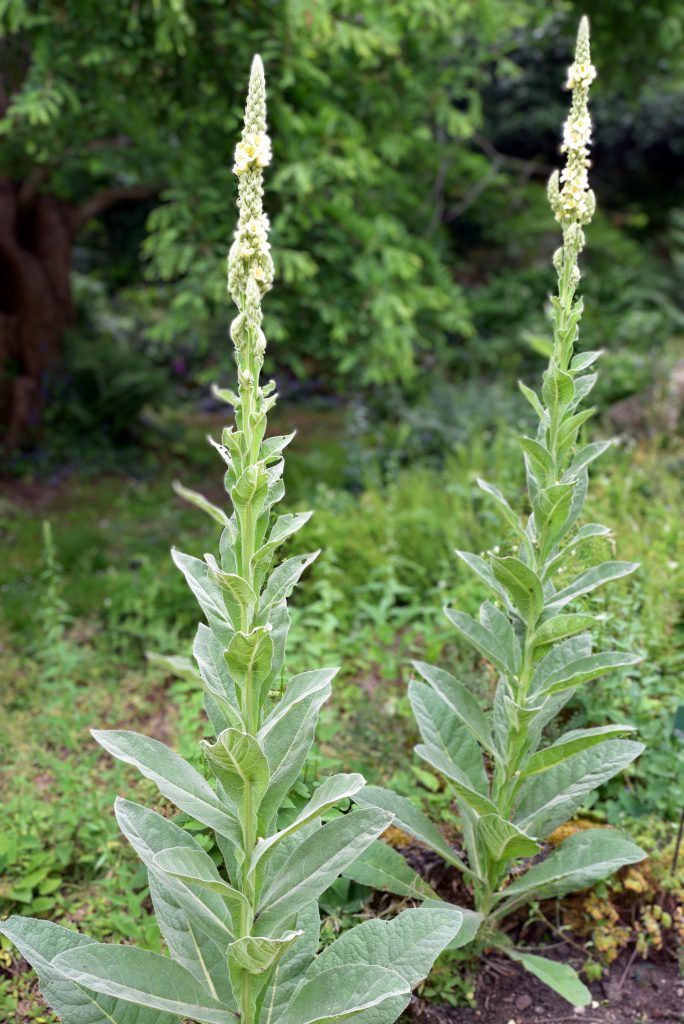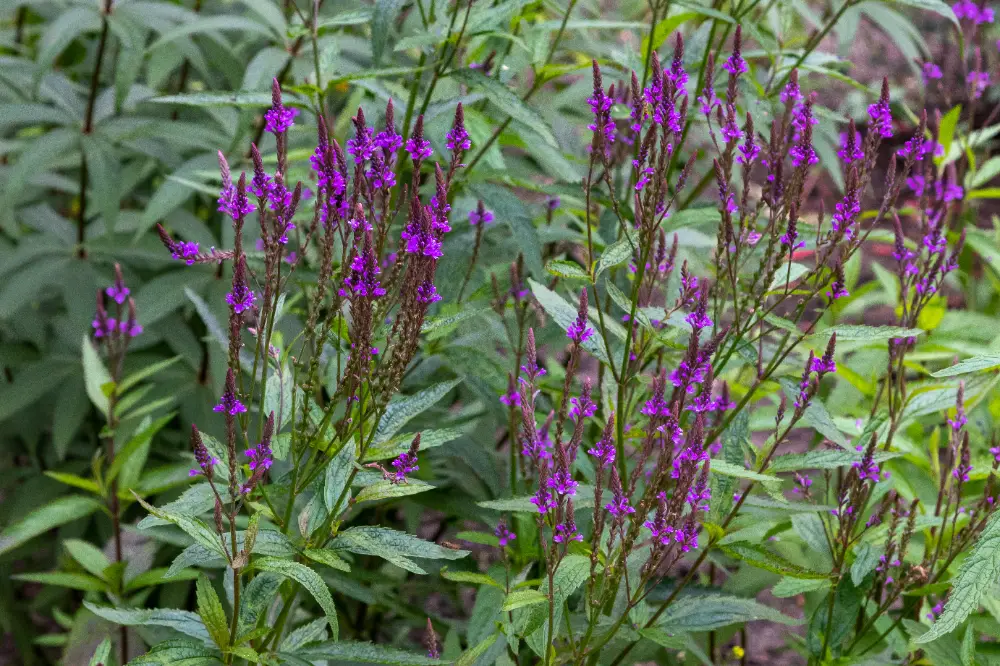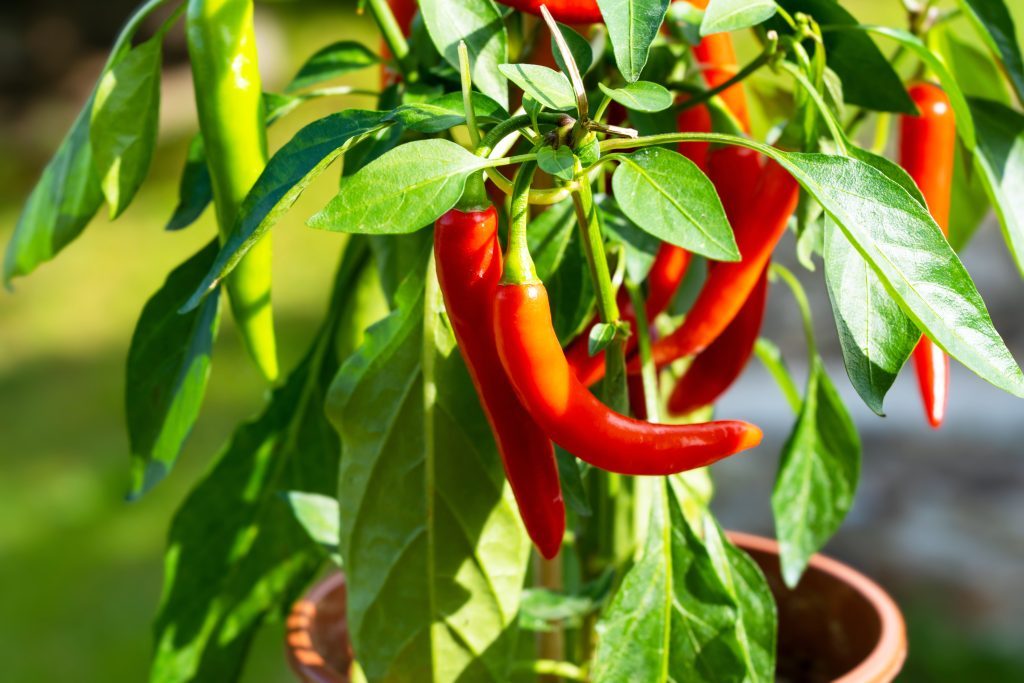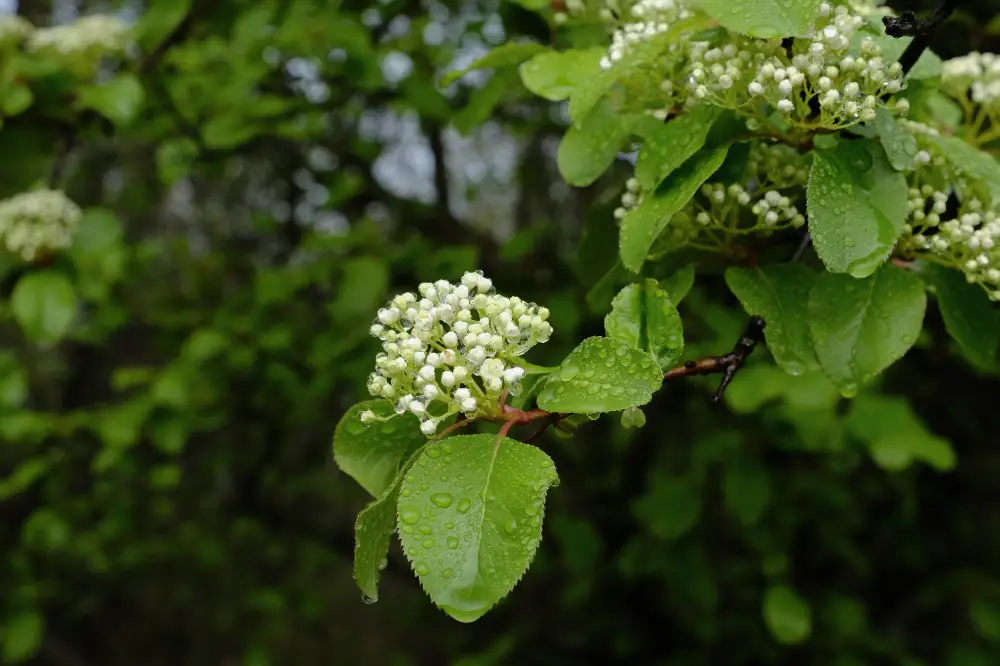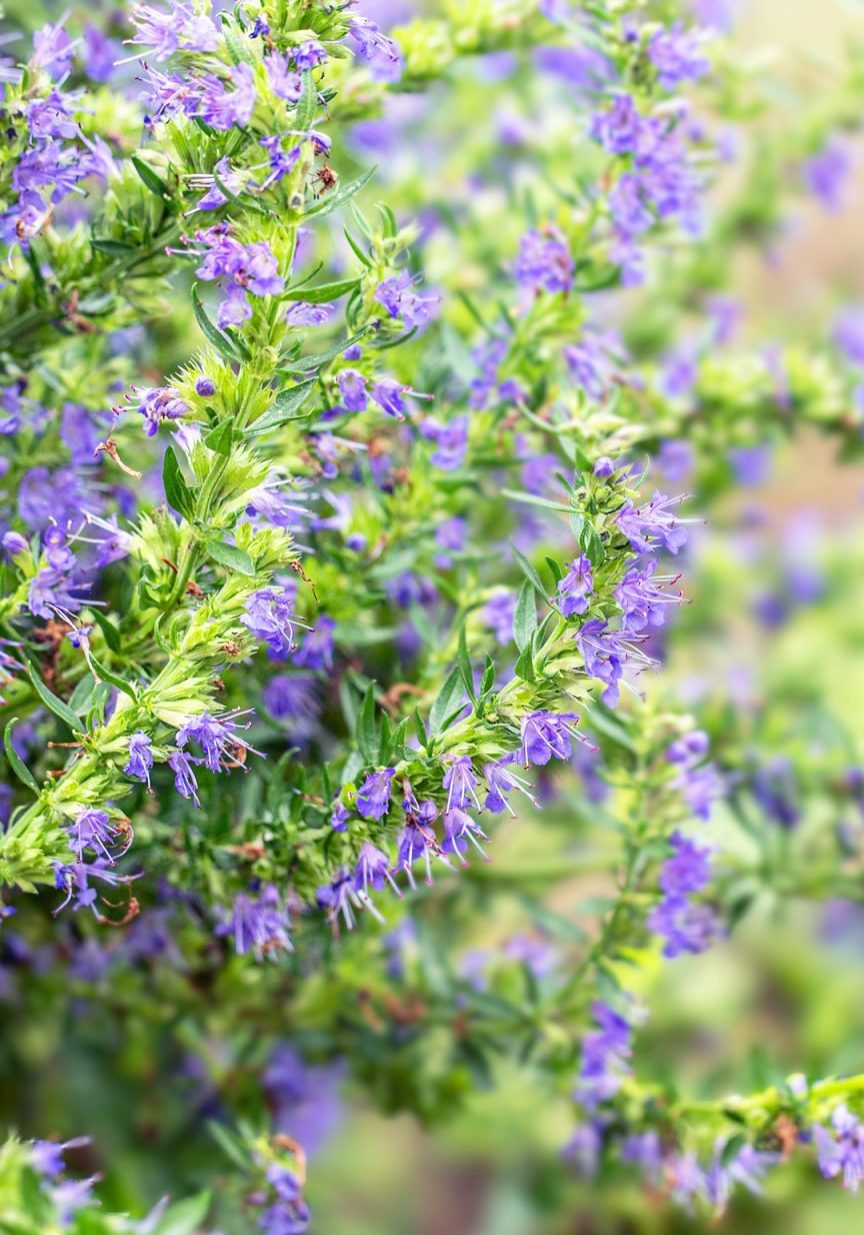
Hyssop
Hyssopus officinalis
Lamiaceae (Mint Family)
A Gentle Guardian of Breath and Purification
Other names:
Holy Herb – Used in sacred and purification rituals.
Hastipippili – Sanskrit for “elephant pepper,” referencing its warming properties.
Jufa – Persian name, linked to Middle Eastern herbal use.
Ysopo – Spanish, from Greek hyssopos via Latin.
Superpower
Hyssop is a gentle yet effective respiratory and immune-supportive herb, offering warmth and movement to the body. Its antiviral and expectorant properties make it particularly useful for easing congestion, coughs, and seasonal ailments, including in children.
Cautions
Hyssop is generally regarded as safe with no known drug interactions or side effects. It is safe for children when used in appropriate doses.
Known Chemical Constituents
Volatile oil- (pinocamphone, alpha & beta-pinene, linalool, cinedie & limonene)
Terpenoids- (marrubiin, olanolic acid, ursolic acid)
Flavonoids- (glycosides of hesperidin & diosmetin)
Hyssopin glycoside
Tannins
Resin
Botanical Description
Habitat
Native to Southern Europe, the Mediterranean, and parts of Asia, hyssop thrives in dry, rocky soils and is commonly cultivated in herb gardens worldwide.
Leaves
Small, lance-shaped, and aromatic, with a deep green hue.
Stems
Woody at the base with upright, branching growth reaching up to 2 feet.
Flowers
Spikes of delicate blue to purple flowers, sometimes pink or white, blooming in late summer. These flowers are highly attractive to bees and other pollinators.
Roots
A fibrous, well-anchored root system suited to dry conditions.
Fun Facts
Hyssop was one of the primary herbs used in the formulation of Chartreuse, a famous herbal liqueur crafted by French monks.
Parts Used
Leaves and flowers are the primary medicinal components of hyssop.
Harvest
The aerial parts are best harvested just before flowering for peak potency. The ideal time for harvesting is on a dry, sunny morning when essential oils are most concentrated.
Preparations
Hyssop is commonly prepared as a tea, infused into honey or syrup for children’s use, extracted into tinctures for immune and respiratory support, or used as a steam inhalation to open airways and ease congestion.
Sacred Rituals
Hyssop has been used in cleansing baths to remove stagnant energy and in smoke cleansing rituals for purification and protection.
Affirmations
“With each breath, I invite clarity, warmth, and renewal into my being.”
Spiritual Associations
Historically used in purification rituals to cleanse energy and ward off negativity, hyssop was often burned or infused into holy water for energetic clearing. It is associated with clarity, renewal, and protection.
Functions
A substance or agent that inhibits the growth of or destroys fungi and fungal spores.
Anti-inflammatoryA substance or agent that reduces inflammation in the body, soothing irritation, swelling, or redness in tissues.
Antispasmodic
A substance or agent that helps relieve or prevent involuntary muscle spasms, cramps, or contractions in smooth or skeletal muscles.
CarminativeA substance or agent that helps relieve gas, bloating, and discomfort in the digestive system by promoting the expulsion of gas and soothing the digestive tract.
DiaphoreticA substance or agent that promotes perspiration, helping the body regulate temperature, detoxify, and respond to fevers.
Expectorant (clears mucus)Nervine sedativeA nervine sedative is a substance that calms the nervous system and promotes sleep or deep relaxation, often used to alleviate anxiety, agitation, or insomnia.



